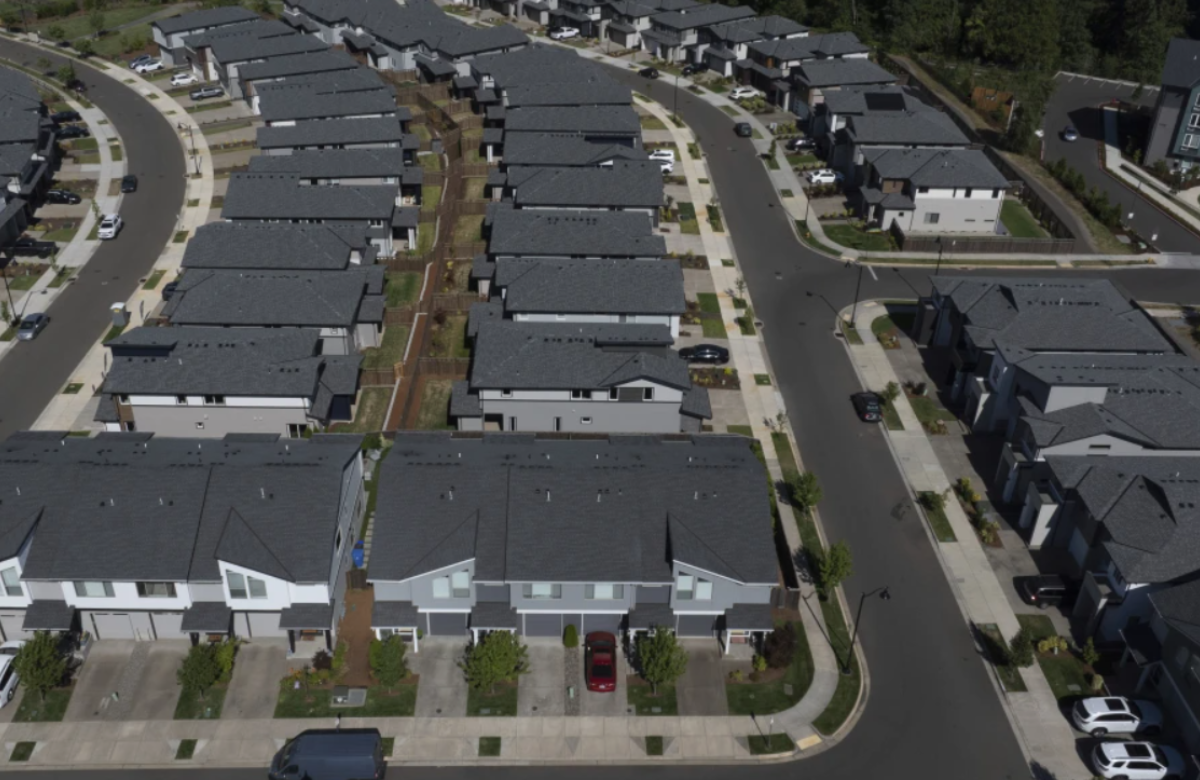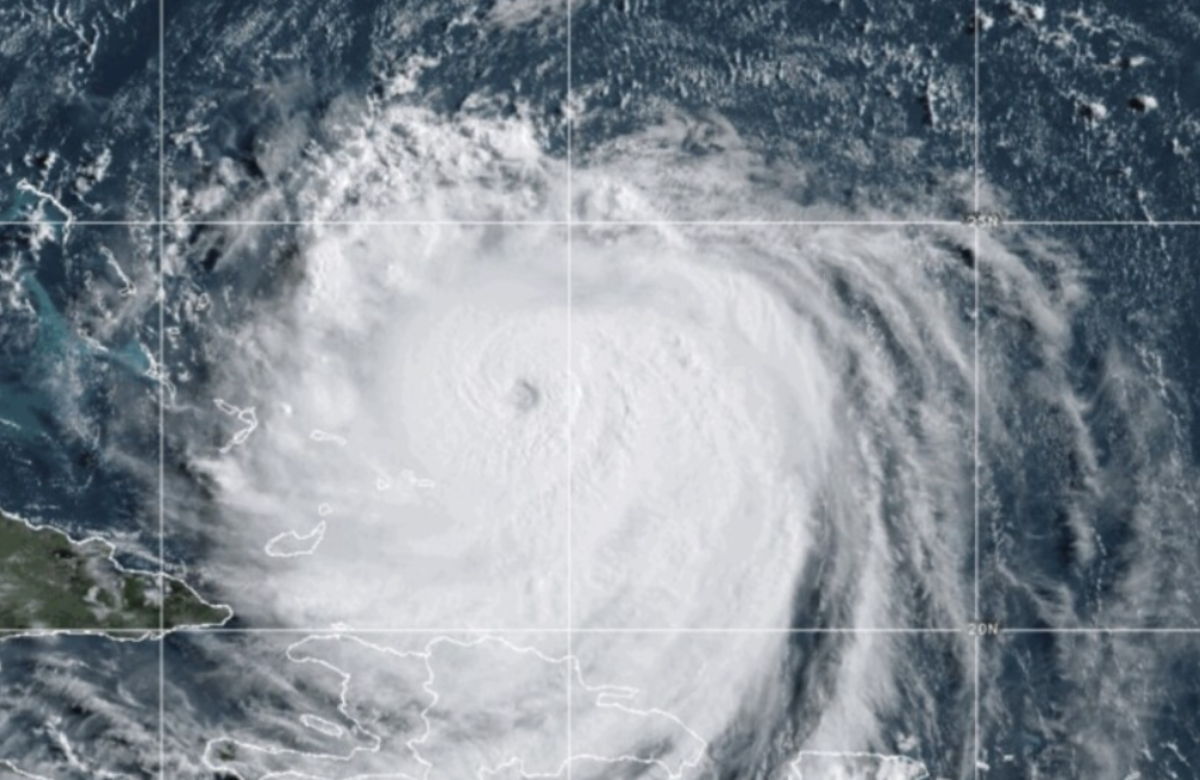Sales of previously owned homes in the United States slowed in June, dropping to their lowest level since September 2023. This decline came as mortgage rates remained elevated and home prices climbed to a new all-time high of $435,300, according to the National Association of Realtors (NAR).
Existing home sales fell 2.7% from May to a seasonally adjusted annual rate of 3.93 million units. This came in below economists’ expectations of 4.01 million, as reported by FactSet. Compared to the same time last year, sales remained flat.
Home prices continued their upward trend, marking the 24th straight month of annual increases — a stretch that has further deepened the housing affordability crisis.
Since early 2022, when mortgage rates began rising from their pandemic-era lows, the U.S. housing market has been in a sustained downturn. Last year, sales fell to their lowest point in nearly three decades. This sluggish pace has extended into what is traditionally the busiest season for the real estate market — spring.
Elevated mortgage rates and steadily rising prices are making it increasingly difficult for many would-be buyers to enter the market. Despite a year-over-year increase in available homes, overall inventory is still significantly below pre-pandemic levels, helping keep prices high even as fewer sales are occurring.
Lawrence Yun, chief economist at NAR, noted that future market trends will largely depend on what happens with mortgage rates. Rates on 30-year fixed mortgages have stayed close to 7% this year, according to Freddie Mac. Homes sold in June likely went under contract in May or early June, when rates ranged from 6.76% to 6.89%.
Yun projected that if average rates fell to 6%, home sales could increase by as much as half a million units. “If mortgage rates remain where they are, we’re likely to see only minor changes in home sales and pricing,” he said. “But if rates drop, a more significant recovery in sales is expected.”
The affordability squeeze has been especially tough on first-time buyers, who made up 30% of June’s home purchases — well below the historic average of 40%.
On the other hand, buyers with sufficient income or cash are benefitting from more homes hitting the market. Inventory at the end of June stood at 1.53 million units — down 0.6% from May but up 16% from a year earlier. Despite this increase, it’s still far short of the roughly 2 million homes that typically made up pre-pandemic inventory levels.
The current inventory represents a 4.7-month supply at the current pace of sales, up from 4.6 months in May and 4 months a year ago. A 5- to 6-month supply is considered a healthy balance between buyers and sellers.
With slower sales, homes are sitting on the market longer — averaging 27 days in June, compared to 22 days a year ago.
Still, there are opportunities for buyers who can afford to act. Roughly 20.7% of listed homes in June had price cuts — the highest share for that month since at least 2016, based on Realtor.com data.
At the same time, more sellers are opting to pull their homes from the market rather than lower their prices. In May, the number of homes delisted without selling surged by 47% compared to the previous year.
Also Read:
US Olympic and Paralympic Leaders Prohibit Transgender Women in Women’s Olympic Competitions
U.S. Stocks Hover Near Record Highs as GM and Other Companies Reveal Tariff Effects














